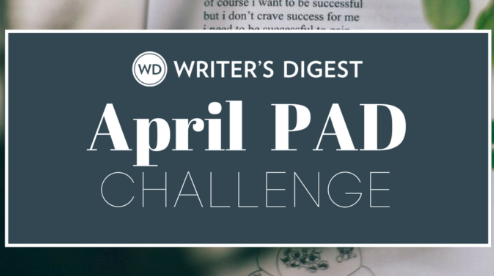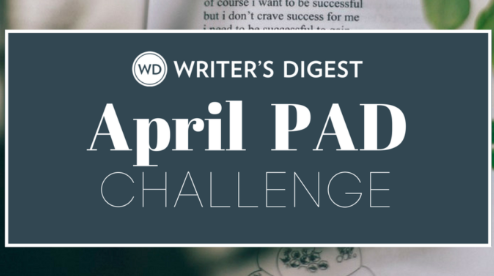Tension in Poetry: The Hidden Art of Line-Writing
Writer and editor Matthew Daddona explains how to easily create tension in your poems and how that adds weight to your message.
In February 2021, I taught a Zoom workshop that focused on the art of poetry revision. Halfway through the hour-and-a-half workshop, I read aloud James Schuyler’s “Buried at Springs,” a tribute to his late friend Frank O’Hara, which, unsurprisingly, contains some of the same witty humor that “Frank” employed time and time again in Lunch Poems. The first lines read:
There is a hornet in the room
and one of us will have to go
out the window into the late
August midafternoon sun. I
won. There is a certain challenge
in being humane to hornets
but not much.
If “Buried at Springs” sallies from humor to naturalism to symbolism and, finally, to elegy, it’s these first seven lines that lend the poem its tension and introduce the electrical impulse for which the rest of the lines are charged. At its surface, there may be nothing consequential about a hornet in the “late August midafternoon sun,” but I also challenge any writer to come up with a better opening line with which to launch a tribute. By introducing this battle—a banal one no less—Schuyler is introducing the lens through which we follow the poem to its eventual end. This is not just a poetic tribute; this is a poem about someone trying to write a poetic tribute if only to be creatively stymied by that which stings. Call it pride, call it grief, call it a hornet.
Writers are often creating tension in their poems even if they’re seldom acknowledging it. In “Sharks in the Rivers,” the blissfully simplistic Ada Limón writes, “We’ll say unbelievable things / to each other in the early morning—/ our blue coming out from our roots / our water rising in our extraordinary limbs,” for which the reader must ask: What are these things? And why are they unbelievable? Why in the early morning?
When first reading Limón’s poem, one might confuse its lines tension for vagueness and decry the opening for being purposefully opaque; but in a poem that litigates symbolism (engulfs it in flames, really), the juxtaposition of the unclear first couplet with the symbolism of the second lends the poem its unusual symmetry: unclarity responded to by symbolic naturalism, and so on goes the pattern. This is the hidden structure of tension.
In my workshop, I asked my students to attempt their own tension-filled lines. Let me pause to say that this was the first workshop I’d ever taught, and on Zoom no less. So, my belief that this experiment would fail, and quite gravely, was by no means a reflection of the students (who ranged in age from twenty to eighty-seven) but of my own nascent teaching. Here is the exercise:
The writer thinks of an action, such as:
The dog jumped over the moon
Then, the writer thinks of a setting:
In Queens, New York
And finally, the writer thinks of a secondary action that draws tension from the first:
And the neighbors went stir-crazy
The fuzziness, or fussiness, of the third part, is the golden key to this exercise. The objective here is to allow the third line to act as an independent clause that may or may not relate to the first. If it relates, it should draw, as the poet Charles Olson once said, “the heart, by way of the breath, to the line.” If it is separate and unrelated, it should breathe life into the lines and stanza that will follow, thereby creating separate and unique energy that allows the writer (and reader) to make an illogical but no less profound connection between the two actions. The setting in this exercise is merely a bluff, a way of establishing concreteness or stickiness where none lies.
Then we jumble. Syntax, enjambment, word choice. It might look like this:
The dog jumped over
the moon in Queens
New York, the neighbors go*
stir crazy
*Note: I substituted go for went to make the line more active
or like this:
The dog jumped over the moon
in Queens
the neighbors go
stir-crazy
The exercise, in short, is written as this:
Action + Setting + Opposing Action/Tension = Surprise
Luckily (for me), the exercise worked, and students found new ways into and out of their poems. I stress the phrase out of because, sometimes, what a poem needs most is to find an exit strategy, an excuse to desert its conventions and logic it’s beholden to and unleash, as Olson, said “an energy-discharge.” Often, though not always, this relies on not consecrating the idea of where the poem came from but trusting where the poem wants to go. If a mirror were to be held up to the poem, the poem should not see its artificial construction but something else entirely: a passing glance of the person it wishes to be.
Matthew Daddona is a writer and editor who resides in Brooklyn, New York. His debut collection of poetry, House of Sound, was published in October 2020 by Trail to Table Press.







